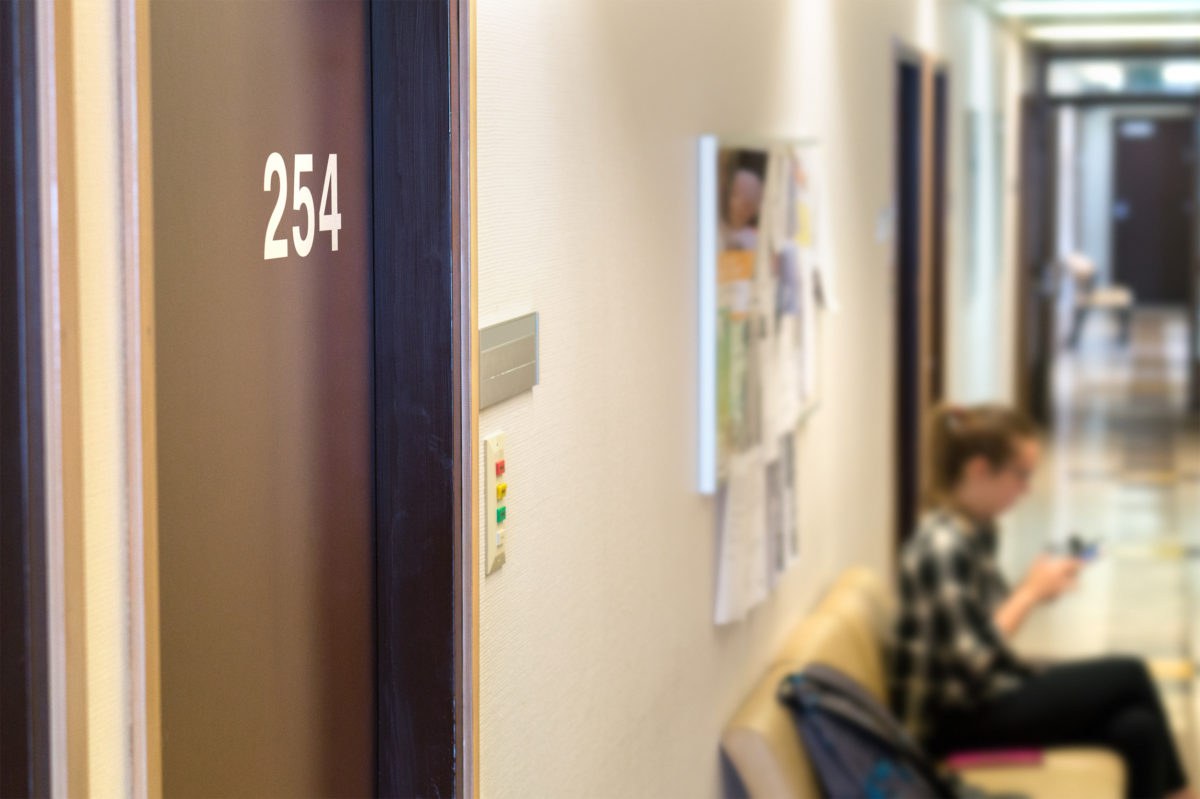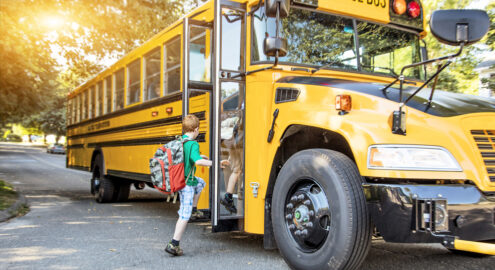Risk | Vulnerability
How to Create An Effective and Life-Saving Door Numbering Protocol

Imagine your place of business is on a large campus with several buildings. Now imagine there’s been an emergency, and you’ve had to call 911. How do you tell the first responders where to find you?
Does your campus have systematic, clearly-marked buildings and doors that allow EMS, police, and fire to find you quickly and easily? Or are you telling dispatch that the fire engines need to turn left at the big tree and look for the staff member who is waving them down?
If you’re relying on landmarks or routinely sending your intern to collect guests, it’s time to learn more about door numbering.
What best practices should you put in place before an active shooter incident?
Find out here.
What is door numbering?
Door numbering is a systematic approach to labeling rooms and buildings. Well-numbered doors allow visitors to quickly and easily locate a specific location in a building or on a campus.
When you think of door numbering, you may think of the numbers inside a building. After all, it’s likely that your building’s rooms are already numbered — a room on the first floor may be 101, the same room on the second floor may be 201, and so on.
Door numbering for security goes further than that, including more than just the interior doors. Your exterior doors should also be clearly and obviously marked, and if you’re on a campus, there should be a numbering system that makes it easy to find your building.
Best practices for door numbering
Here are some best practices for developing a door numbering protocol:
Number your exterior doors: All a building’s exterior doors should be numbered sequentially, starting with the main entrance, which should always be #1. The other doors should follow, numbered clockwise. You may also want to indicate which face of the building the doors are on: #1 may be on the North side, #2 and #3 may be on the East side, and so forth. Using compass points will help responders find the right door even more quickly.
Use clear signage: The best door numbering system in the world won’t matter at all if your numbers can’t be seen and read. Your numbers should be Arabic numerals, visible from the closest street or driveway, high contrast, reflective, and at the top right of the door — if you put the number next to the door, it could be blocked by the door itself when it’s open. If the number is on the door itself, it won’t be visible when the door is opened. If there are any awnings or trees near the door, be sure they do not block the number. If you need more information about signage and placement, we suggest that you check out the recommendations of the International Fire Code (section 505).
Lighting is important: Door numbers should be visible at all times, so be sure to light them. If an emergency happens at night or during a power outage, responders should be able to see the numbers clearly.
Don’t forget temporary buildings: Sometimes organizations put up temporary structures during construction or renovation. If that’s the case at your business, don’t forget to add these structures to your numbering system in case an emergency happens in one of them.
Windows need numbers too: By putting room numbers in the windows of a building, you can show first responders where the emergency is even before they step through the door. This is particularly helpful when there’s an attacker in a building because it allows responders to speak to victims from outside. We also recommend using a color coded system, using either cardstock or monitors, to communicate. Red, for example, might mean that there’s a victim in a room, while green may mean everyone in that room is ok.
Use directories and signage: Make sure your signage reflects the numbers of your buildings. When a first responder pulls into a driveway, a sign should tell them which way to turn to get to each building, and that should include the building’s numbers.
Inside a building, use the fire door areas as mini-directories: It’s easy to get turned around in a big building. Make sure your fire doors are marked with easy-to-read signage, letting visitors know which room numbers and exits are beyond each fire door. (“This way to rooms 310-350” for example.)
Keep it simple: It can be tempting to use a super complicated numbering system, especially if you’ve got a big campus, but keep it as easy as possible so first responders can find you quickly. Identify buildings, floors, and room locations. All other values might get confusing.
What 10 organizations should you build a relationship with before a crisis?
Why does your organization need door numbering?
Door numbering is an important — but often overlooked — part of any organization’s security plans. Often, when responding to an emergency, a first responder will go to the front door, which may not be the best door.
To understand the importance of door numbering, think of a college campus. Most campuses share one street address and have named buildings or halls. If there’s a medical emergency in one of the halls, will a first responder be able to find that building quickly, or will they pull into the wrong driveway and have to Google or ask someone walking by? And when they do get to the right hall, how will they know where to park and which door to enter?
A door numbering system will help the first responder to know where to go and save time, and lives.
Get more tips for your security consulting business, delivered straight to your inbox. Subscribe to the blog.





